When it comes to the van life, this famous warning likely rings through your head: “You’ll be living in a van down by the river!”
Chris Farley always said it like it was a bad thing. The Saturday Night Live comedian would yell in his classic sketch, “You’re not going to amount to jack squat!”
To paddlers, Farley’s idea of being a deadbeat sounds more like living the dream—stay where you want, when you want, with minimal money and a river within reach.
Some boaters go the extra mile and deck out their cars to live comfortably, cheaply and best of all, happily. These paddlers have traded mortgages for moving water and stress for stunning scenery. With the perk of paddling on a whim, who wouldn’t drop everything to live in a van down by the river?
The van life: 6 rigs to live cheap & paddle more
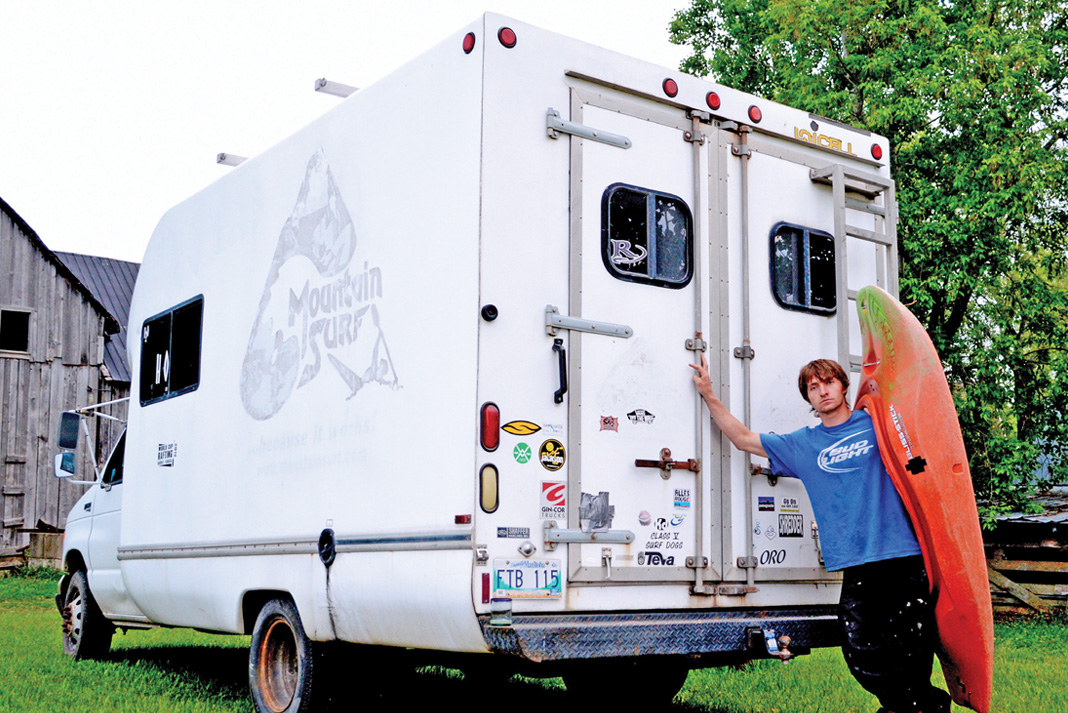
1 The White Beast
Andy Hill moved to Ontario at age 17 to pursue a life of playboating on the Ottawa River. In the nine years that followed, he went through eight vehicles, each too expensive to drive or not tough enough for Canadian winters. After much trial and error, Hill has found love in the former Mountain Surf van.
Vehicle name: The White Beast
Vehicle year/make/model: 1997 Ford E-350
Odometer reading: 270,000 miles, 20,000 of which were powered by veggie oil
Original vehicle cost: $1. Hill bought the van from freestyle champion kayaker Billy Harris who was sick of paying to maintain an old vehicle. “I have a bill of sale that says I bought it for one buck.”
Occupancy (people): 6
Occupancy (boats): “If you were very proficient at Tetris I would guess you could fit 30 or more kayaks in and on it.”
Under the hood: “Having a 7.3-liter, turbocharged diesel is great. It’s completely oversized but the cost of running such an engine is usually halved, because I use 50/50 veggie oil and diesel whenever possible.”
Memorable moment: “There are a lot of stories that came with that van, like when a tornado put a stop sign through the roof at a kayaking festival. When I bought it from Billy I promised I would only ever pass it on to another boater, so it’s a pretty cool legacy.”
2 #RedDraggon
After years together in a gear-crammed college apartment, Mícheál Howard, Eoin Farrell and Simon McCormack started life on the road. Although they opt to camp outside of their car instead of sleeping in it, they all consider it home base. The three Irishmen agree that van life has made a world of difference to their European travels. “It’s the freedom really,” says Howard, “not having to worry about campsites or hotels. You can stay wherever you want.” The trio headed out on their first three-month kayaking trip last summer, and it won’t be their last.
Vehicle name: #RedDraggon
Vehicle make/model: Citroën Berlingo
Odometer reading: 100,000 kilometers
Essential features: Roof racks were a mandatory addition for carrying boats, but the group also got a rack for the back to carry a bike for shuttles. Finally, they added three big bins “to store all the living gear in the boot.”
Reno cost: “The turbo went in it, and that cost $2,500 to replace. But other than that just the regular maintenance and servicing costs.”
Occupancy (people): Zero. “We spent one night with all three of us inside and it was miserable.”
Occupancy (boats): Eight—creekers on the roof and playboats in the back.
Memorable moment: “Driving through amazing mountains and landscapes with great music blaring on the radio.”
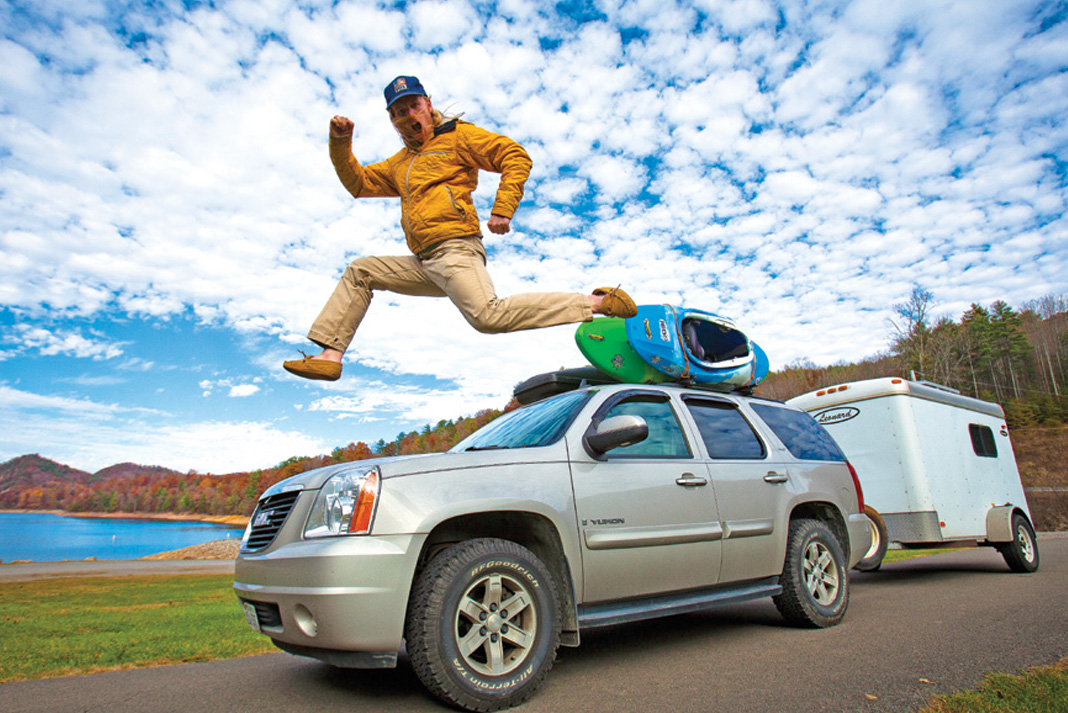
3 Grandma’s kitchen
Tommy Penick’s license plates say he’s from Virginia, but he hasn’t lived there in over six years. Instead he’s been on the road building his photography business. “There’s more or less two ways to make your career come together,” he says. “You either find a job that helps you supplement your income, or you drastically cut your living expenses.” For Penick, who’s at home on a class V river, it was a no brainer: cut down on comforts for the freedom of life on the road.
Vehicle year/make/model: 2009 GMC Yukon and converted 5×10 utility trailer
Odometer reading: 90,000 miles
Occupancy (people): Three really good friends.
Occupancy (boats): Five boats on the highway, seven for the shuttle.
Essential features: Penick added insulation, hardwood floors, solar panels and a water tank to his trailer, and, to make it feel like home, “I bought a really nice candle from a thrift store and called it done. It’s called Grandma’s Kitchen and it smells delicious.”
Memorable moment: Attempting to hit up Cali classic South Silver, Penick and a friend missed a turn during a midnight shuttle, trailer in tow. “Long story short, we were on the wrong road, and got stuck.” They were a little late for work the next day, but squeezed in a good run.
4 Beast
Stephen Wright is a three-time U.S. National Freestyle champion and Jackson Kayak athlete who spends a lot of time on the road, traveling to and from his hometown of Vienna, VA. When the engine on his first shuttle vehicle, a Toyota Corolla, overheated and exploded, Wright knew he needed something to keep up with the demand. “I was planning to quit my real job and just make my way traveling and kayaking,” says Wright, “I wanted something I could sleep in and carry most of my stuff.” When this Hostess delivery truck came up on eBay, he knew it was the one.
Vehicle name: Beast
Vehicle make/model: Freightliner MT35
Original vehicle cost: $7,000
Reno cost: $2,000
Occupancy (people): 2–3
Occupancy (boats): Many!
Essential features: “I soundproofed the engine compartment, added a passenger seat, radio, solar panel and LED interior lights. I added insulation, wall paneling, laminate hardwood flooring, a futon bed and new back door, cut two windows, two vents, and will eventually add a table, cabinets, stove, roof racks and more—I’m basically building a small RV.”
Memorable moment: Wright’s first drive in Beast was almost 1,700 miles from the seller in Texas to Philadelphia, with the speedometer maxing out at 52 miles per hour. He’s since swapped the transmission.
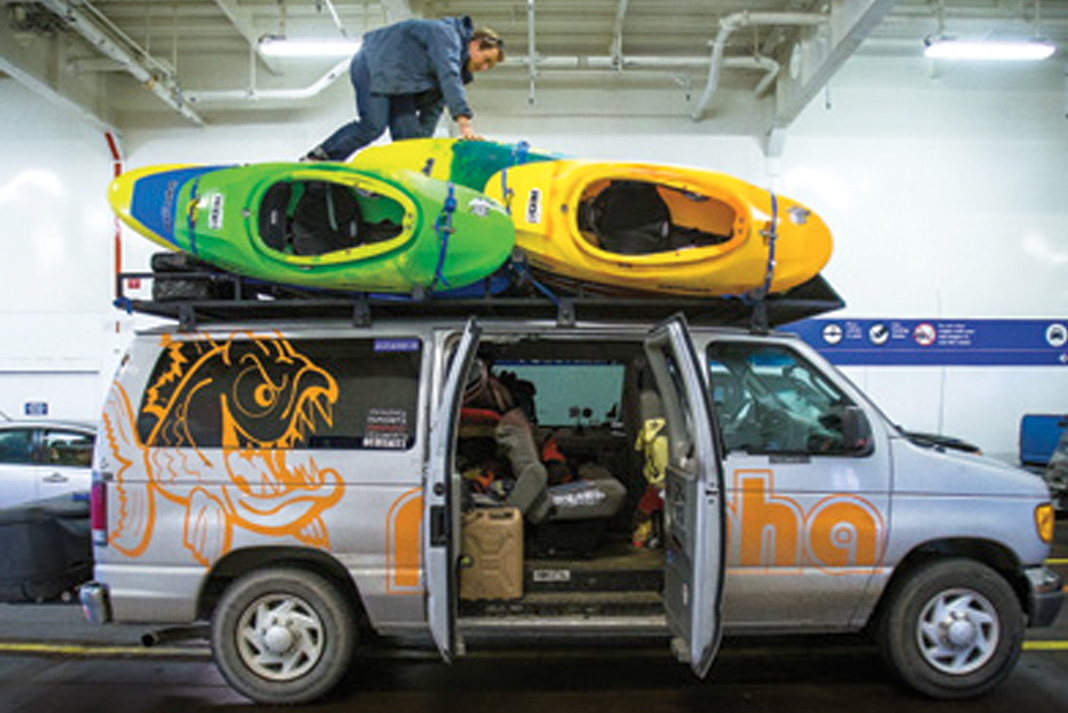
5 Orange B!tch
If you’ve been to any number of kayaking festivals around North America, chances are you’ve seen Dave Fusilli. The Fayetteville, WV, native spends his year touring to festivals and running rivers. “It’s my eighth year traveling the good parts of the USA kayaking,” Fusilli says. Pyranha handed over the keys and a gas card as part of a sponsorship deal and Fusilli hasn’t looked back.
Vehicle name: Orange Bitch
Vehicle make/model: Ford 350
Odometer reading: “I have put about 200,000 miles on it,” says Fusilli. “Almost entirely kayak trips.”
Essential features: Fusilli added a box onto the back of the van for wet gear. “There are some crazy smells that come out of that damn box—we call it the Gnar Box.”
“I find all kinds of gear that is not mine back there,” says Fusilli. “Usually I just sell it to someone in need.”
Occupancy (people): “Three is the magic number and five is pretty stressful.”
Occupancy (boats): 12–20
Memorable moment: “One time, the windshield fell off when it was dumping rain. We went kayaking and dealt with it later.”
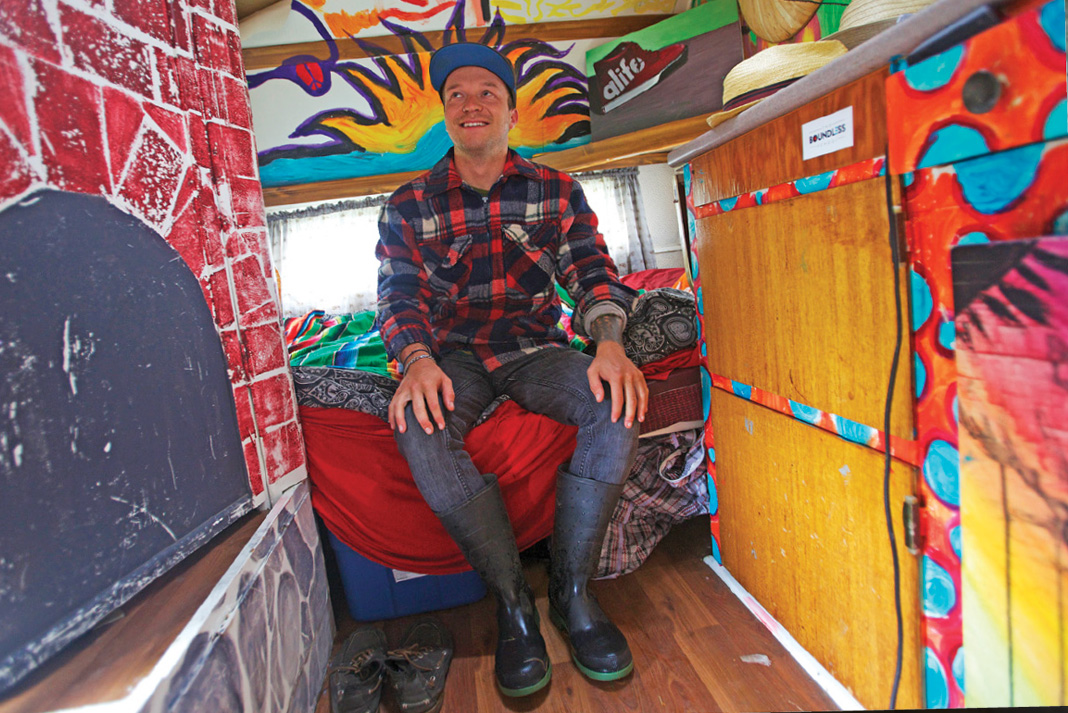
6 Grey Goose and Whiskey Militia
Kyle Smith and Dan Whillans migrate to the Madawaska Valley every spring for a season of surf. Just minutes from the Rapid office, their trailers are parked a mile from the local river and they commute to and from the shore in a muffler-less Subaru Forester. “I live in my trailer for five months of the year,” Smith says, “then I move to where the weather is better and living is cheap.”
Vehicle name: Grey Goose and Whiskey Militia
Vehicle year/make/model: 1965 Golden Falcon 13.5’ and 1974 Jayco 15’
Essential features: No electricity, no indoor plumbing—no problem. These guys have a sunset view of the river valley and 240 acres of scenery unrolling around them. Trailer renos included removing a family of mice, hanging some curtains and adding a custom paint job.
Occupancy (people): “Sleeps five, so tell your friends.”
Occupancy (boats): The Subaru maxes out at six boats and five boaters.”
Memorable moment: “Sunset sessions.” Every night paddlers from the area head to the trailers with guitars and drums to watch the sun set over the river valley’s rolling hills.
Feature photo: Tommy Penick




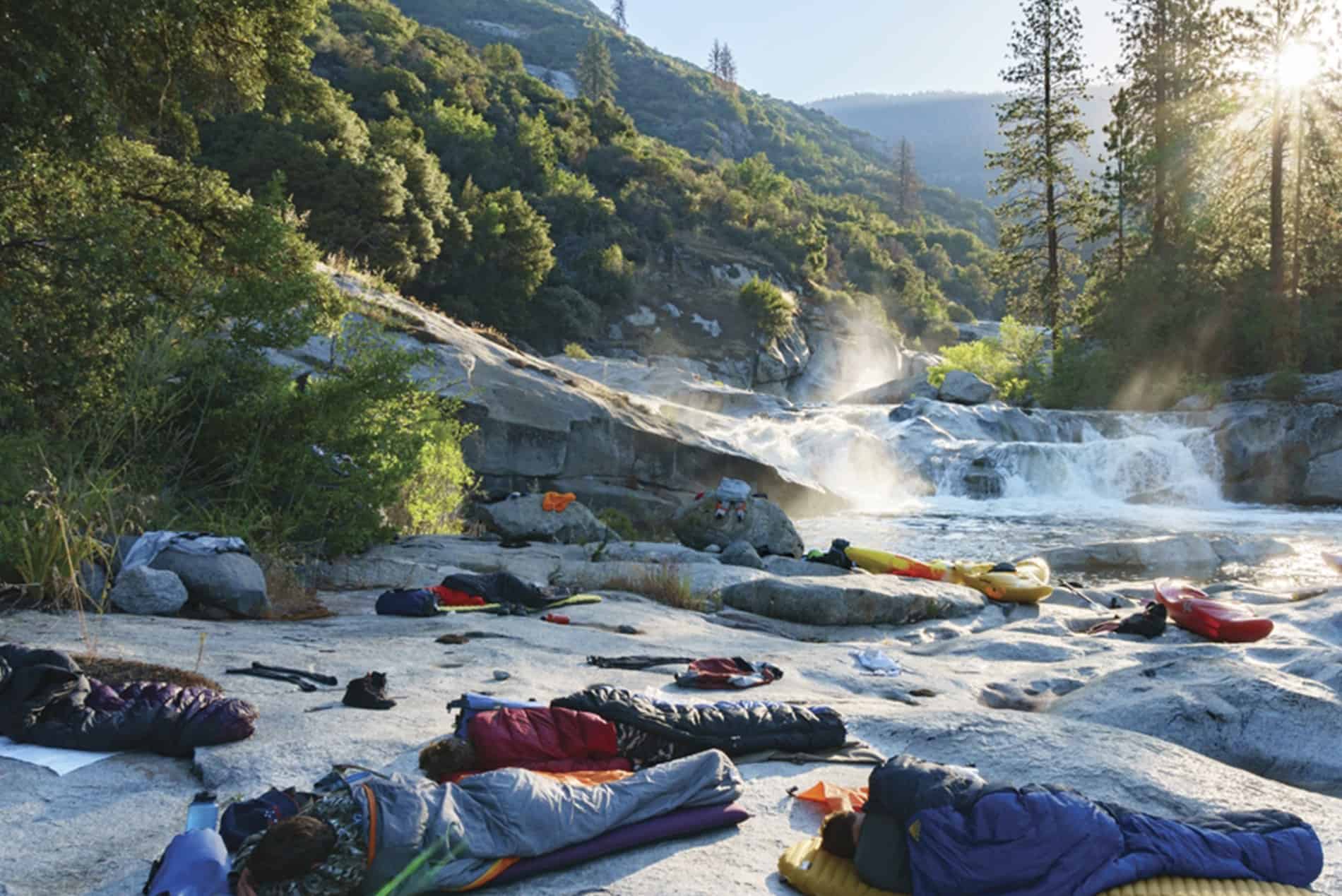
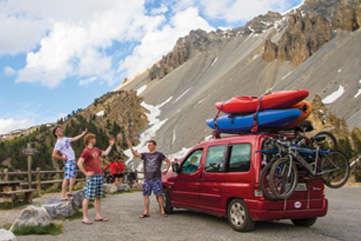
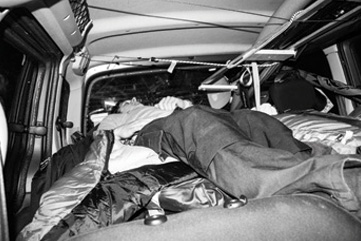
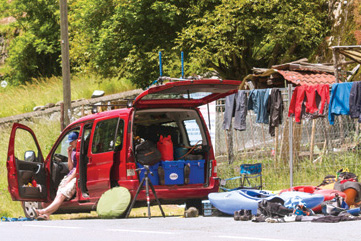
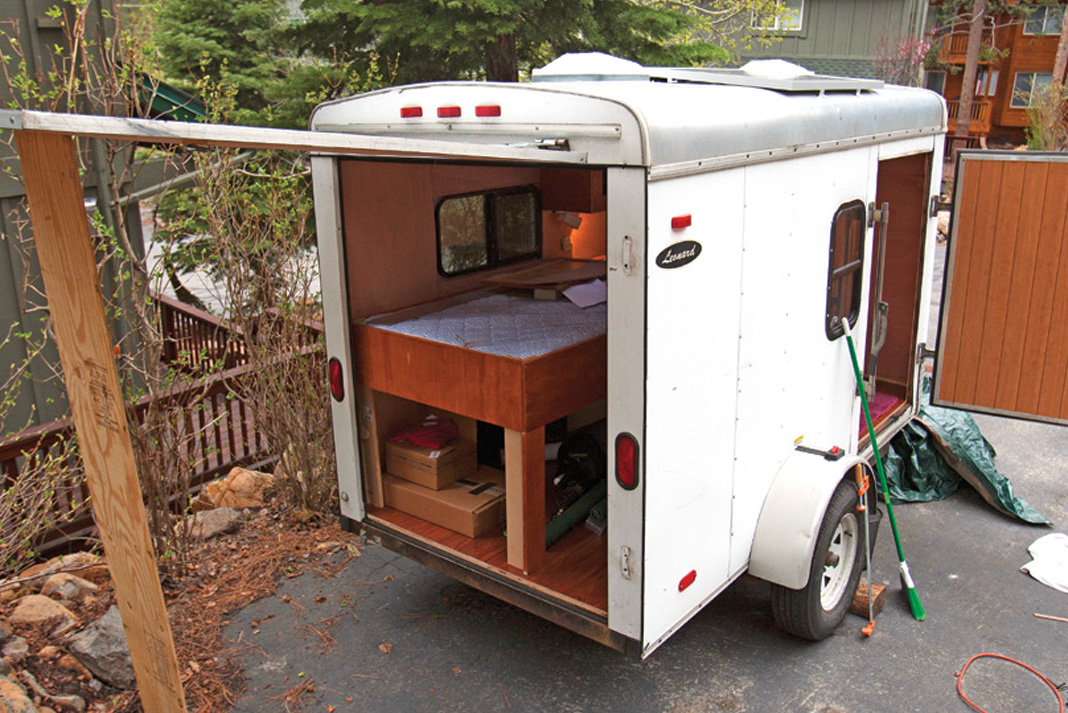
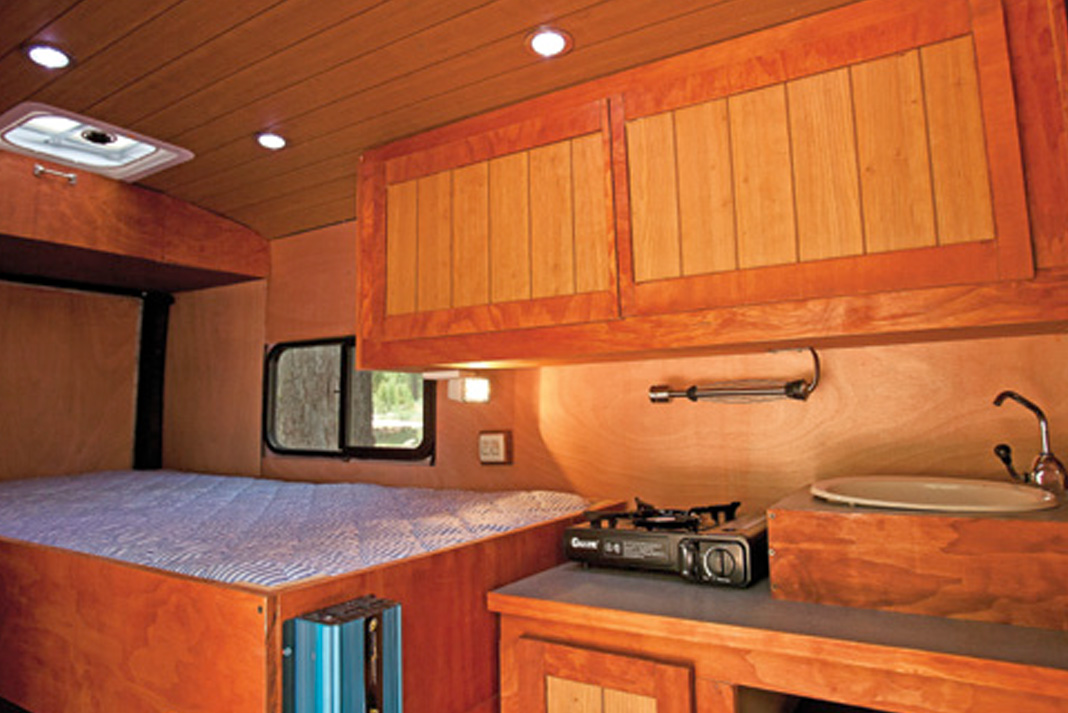
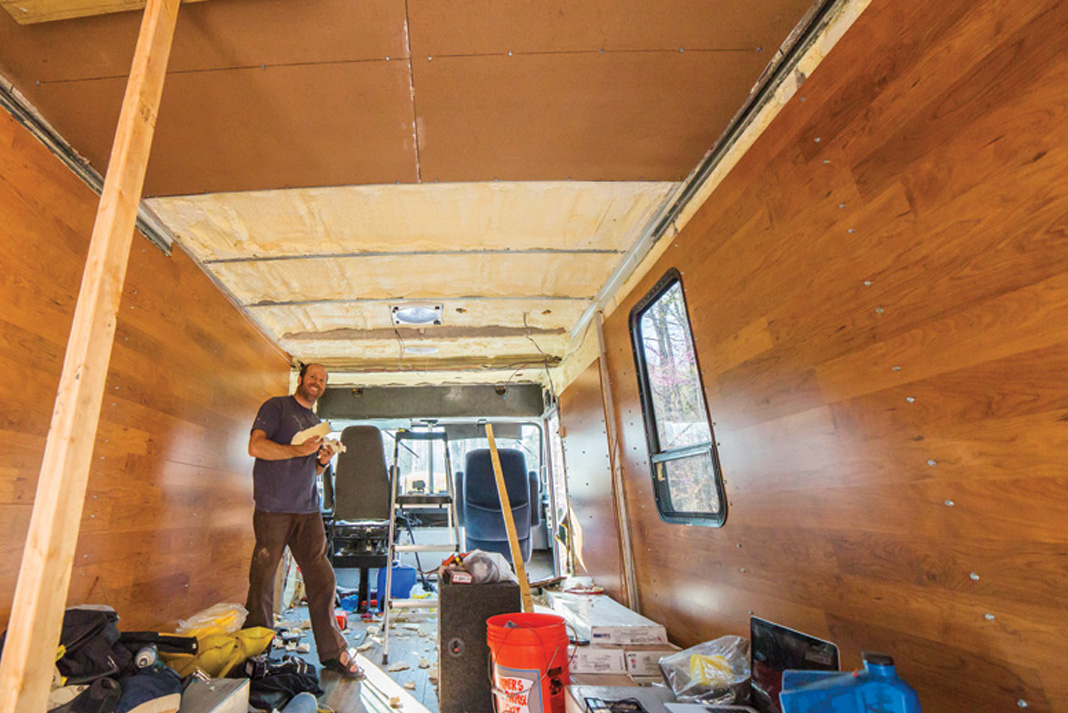
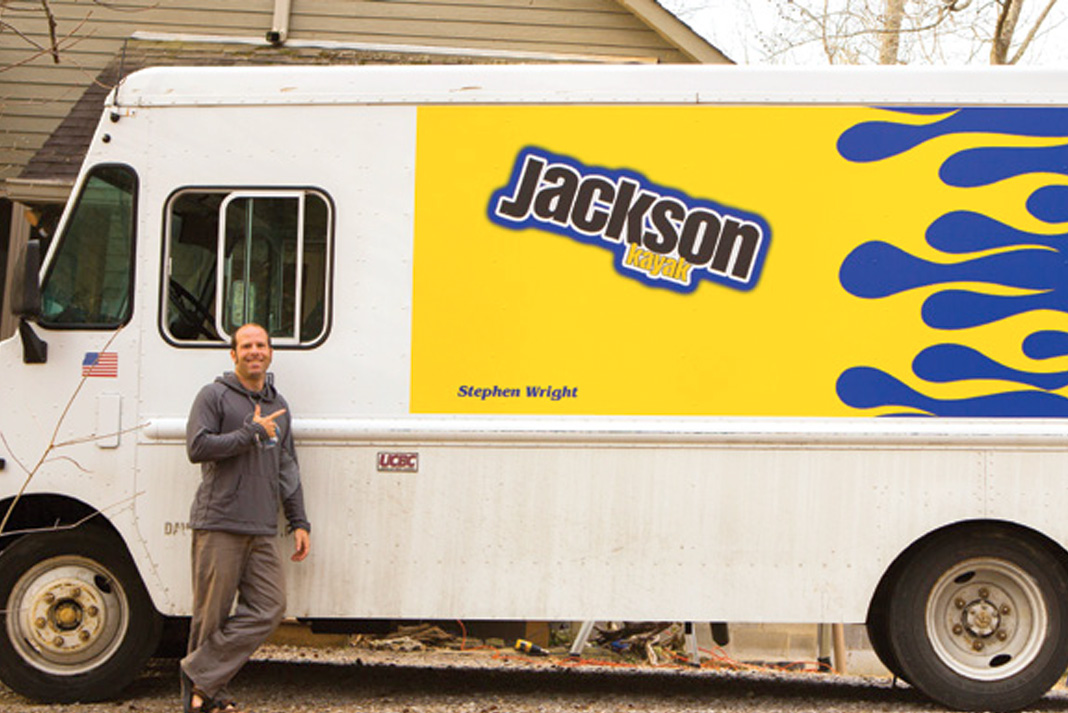
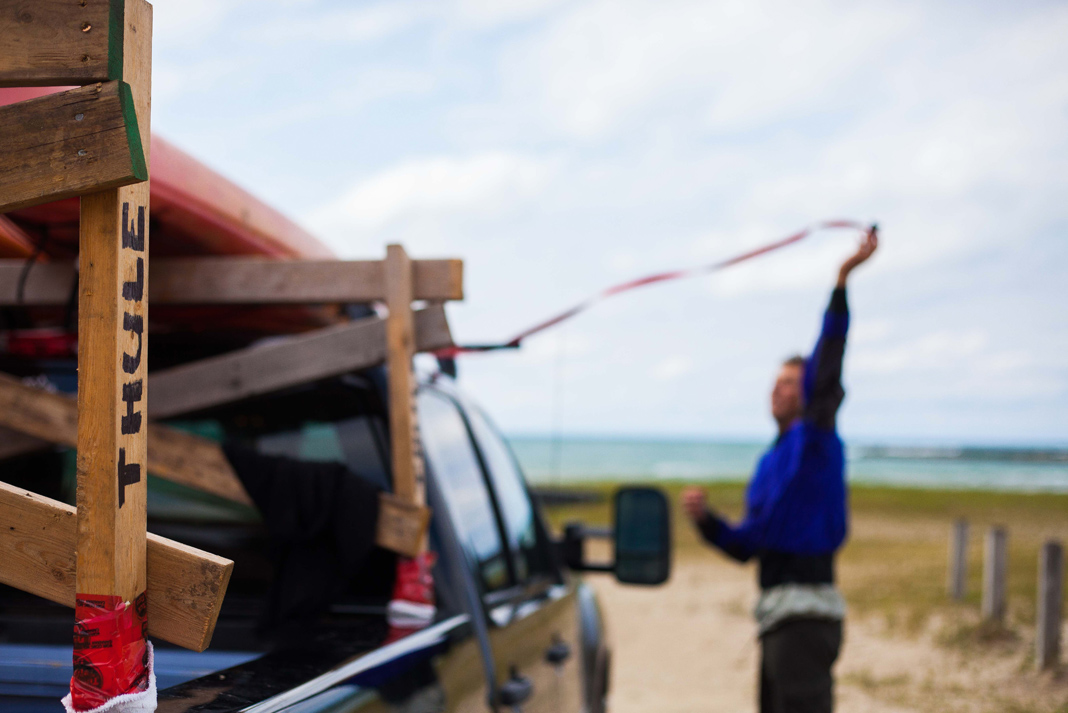
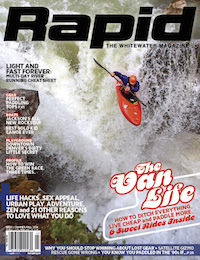 This article was first published in the Summer/Fall 2014 issue of Rapid Magazine.
This article was first published in the Summer/Fall 2014 issue of Rapid Magazine. 


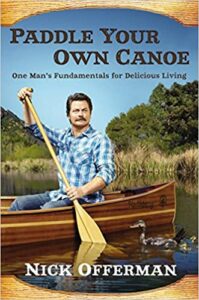
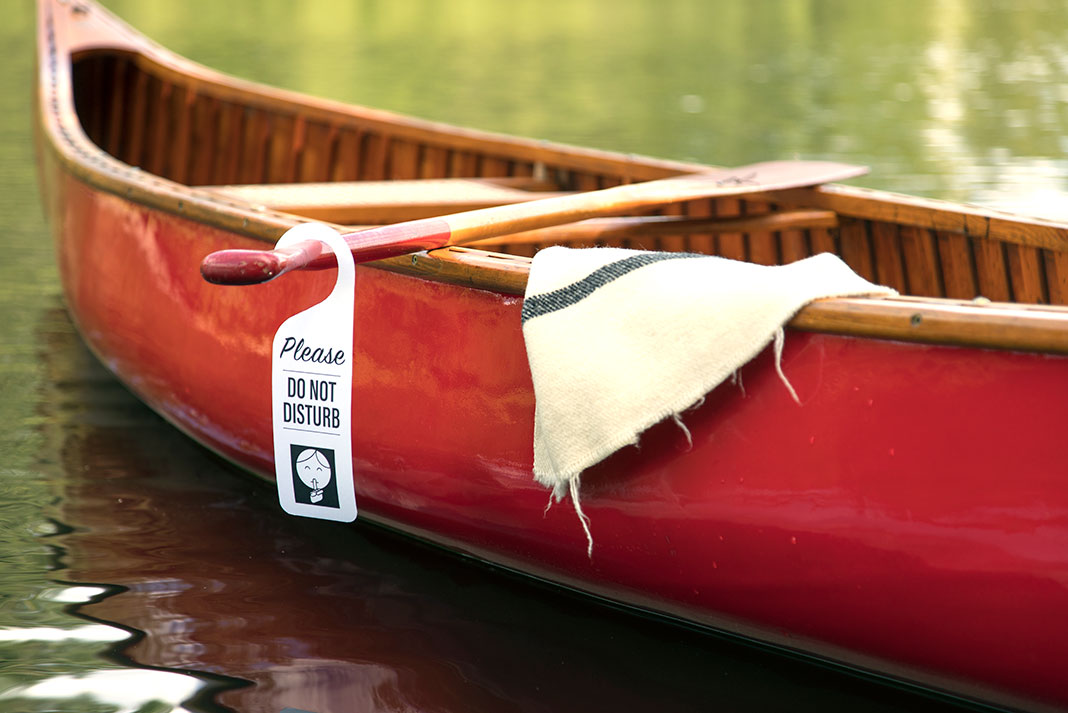
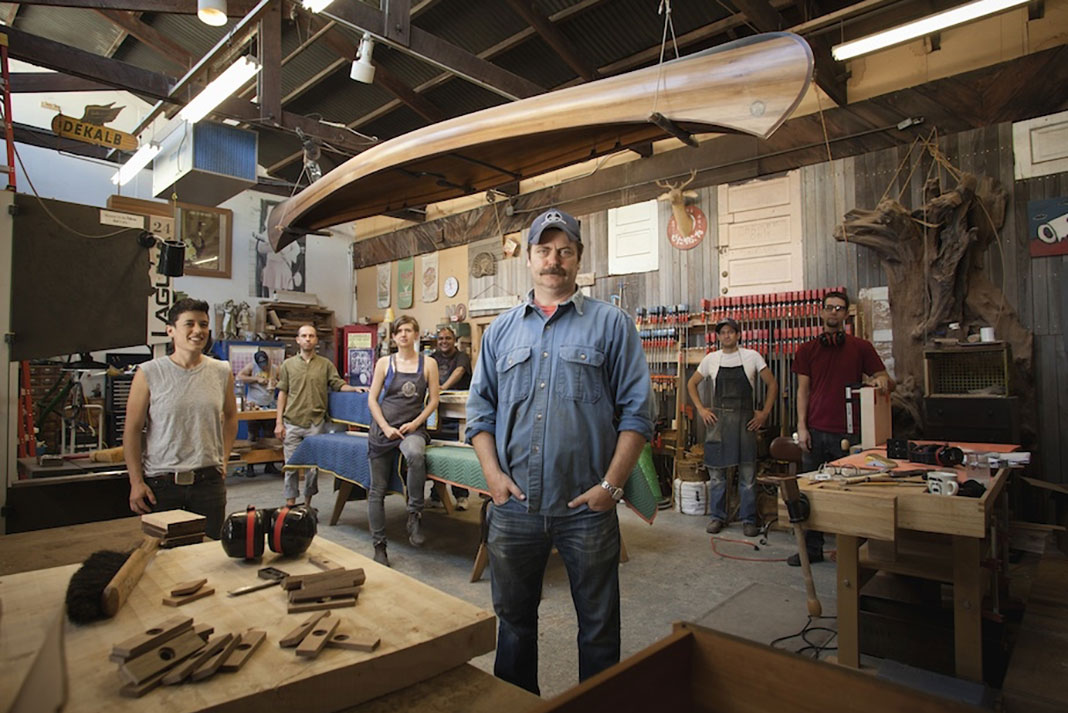

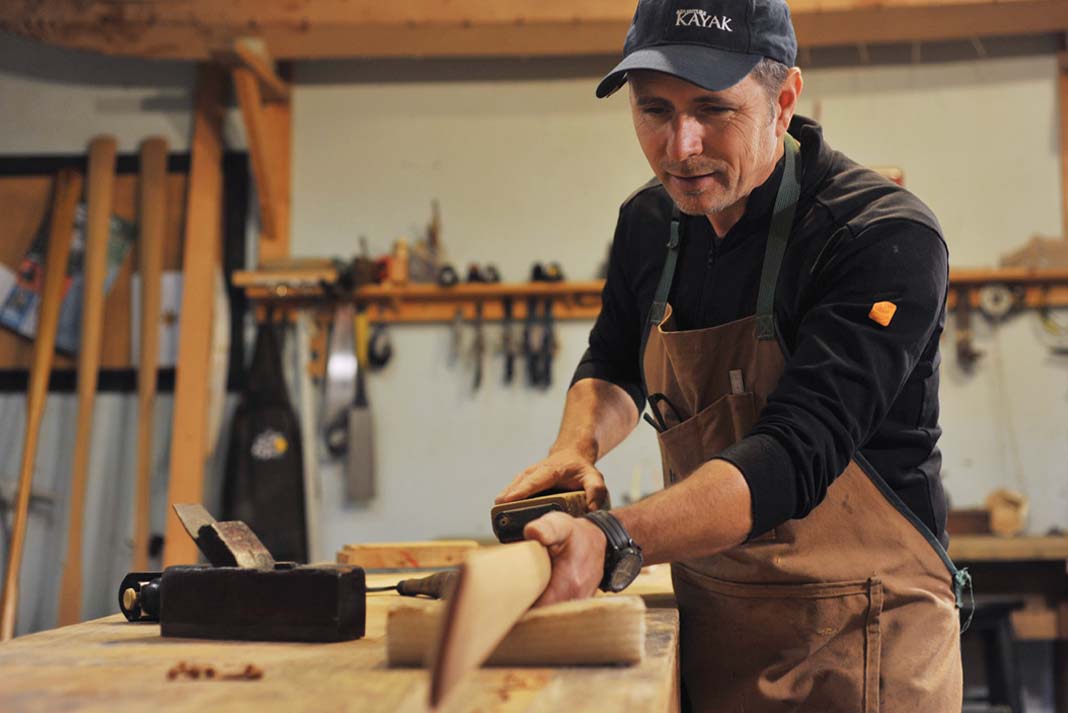
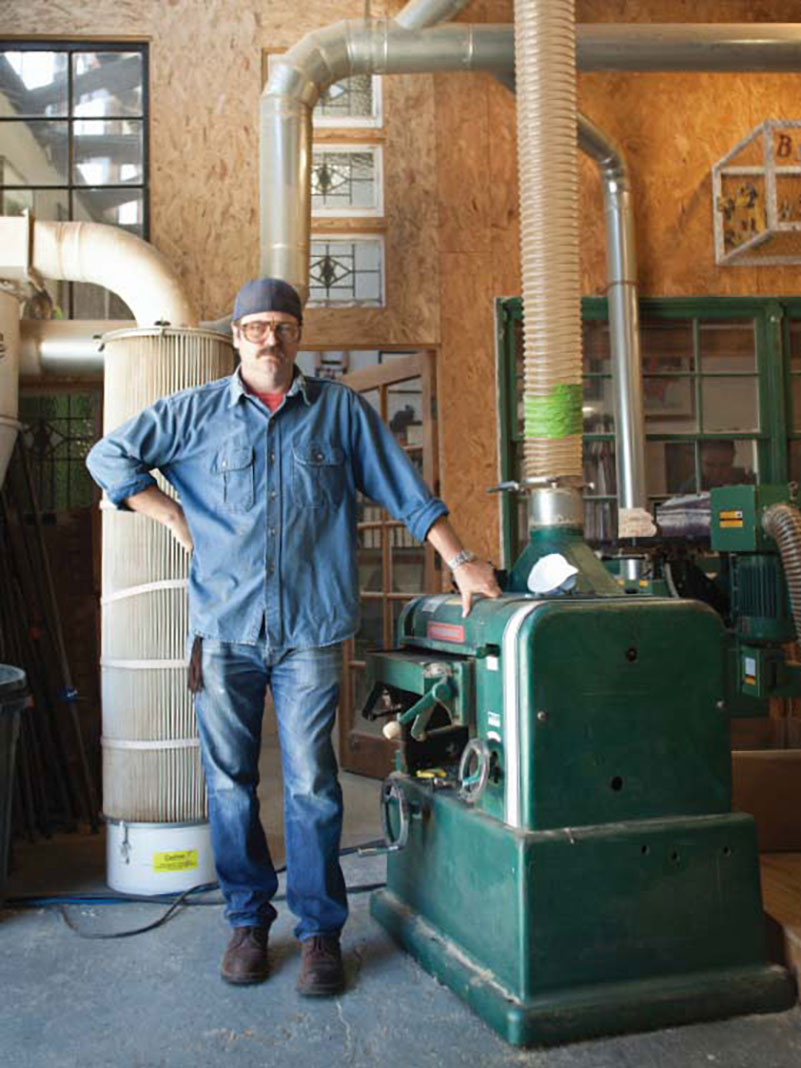
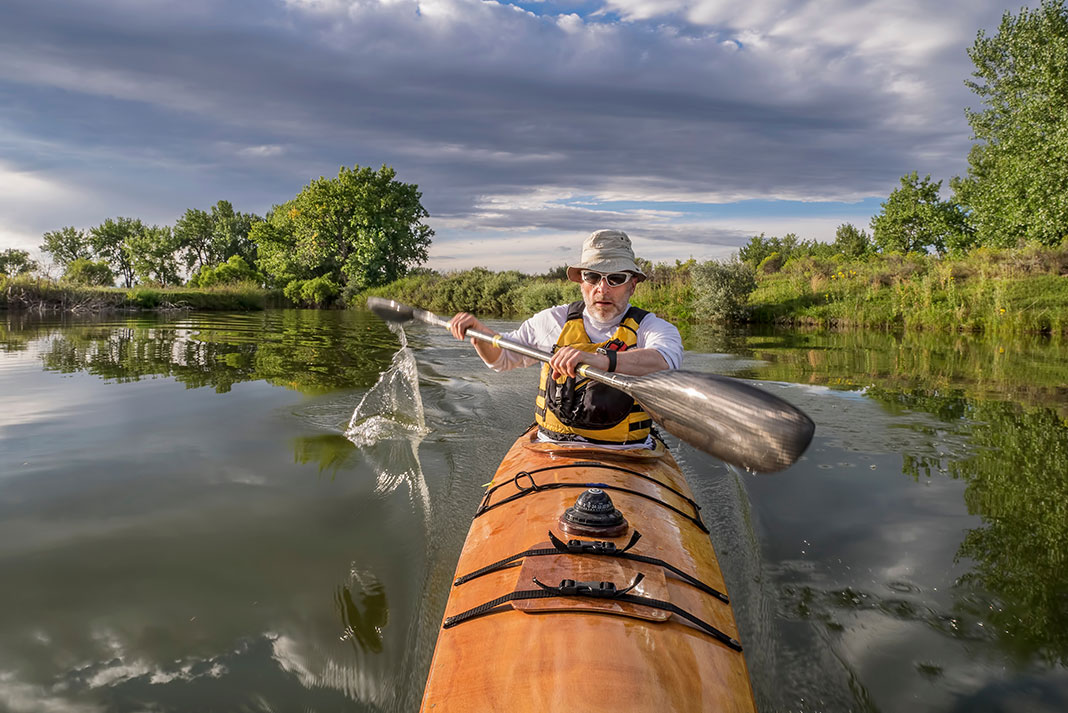
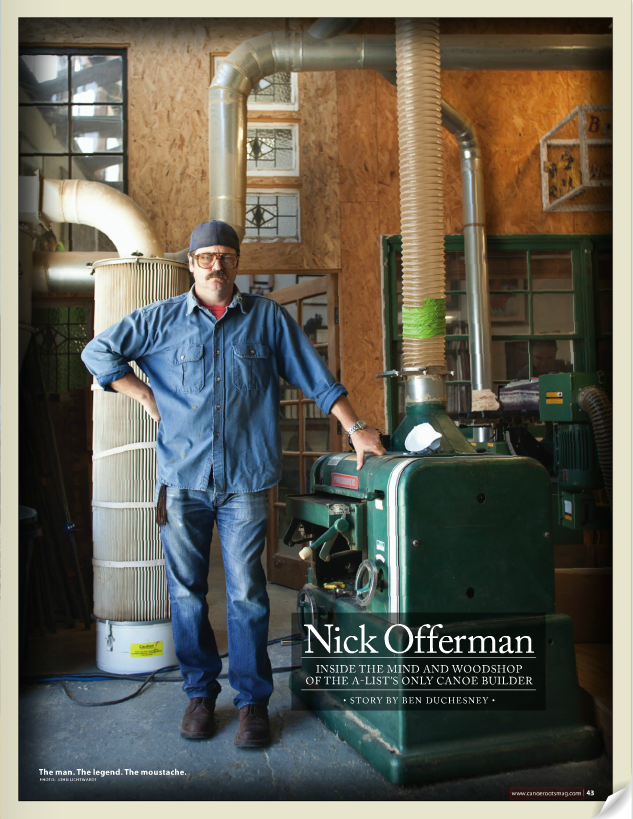 This article originally appeared in the Summer/Fall 2014 issue of Canoeroots Magazine.
This article originally appeared in the Summer/Fall 2014 issue of Canoeroots Magazine. 




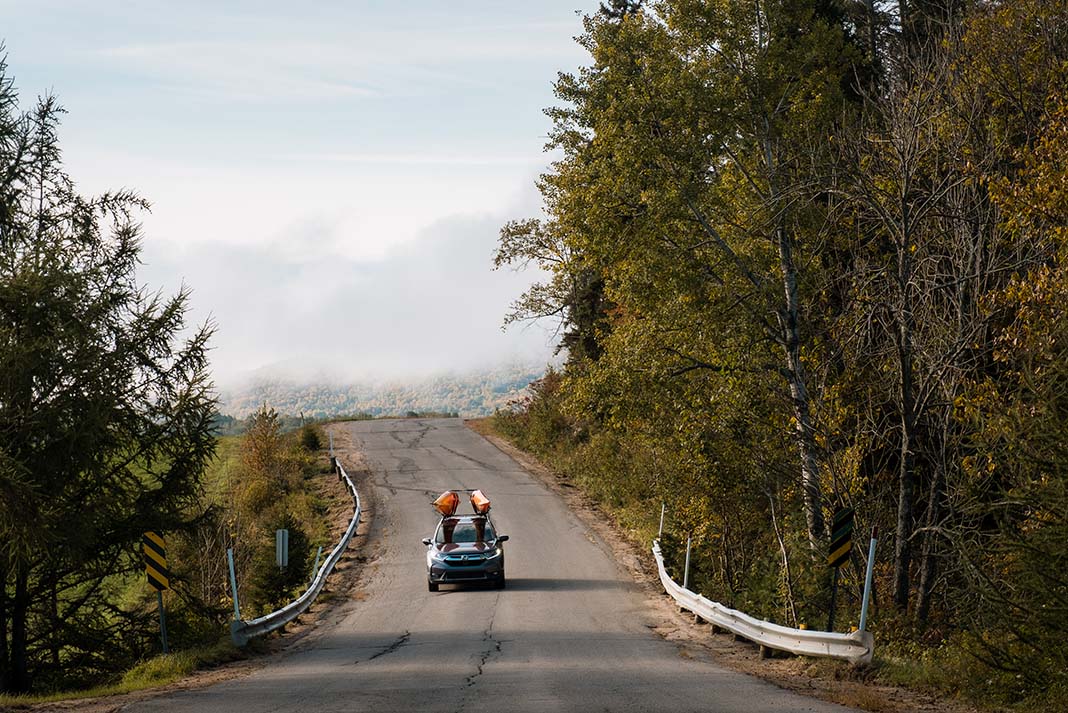

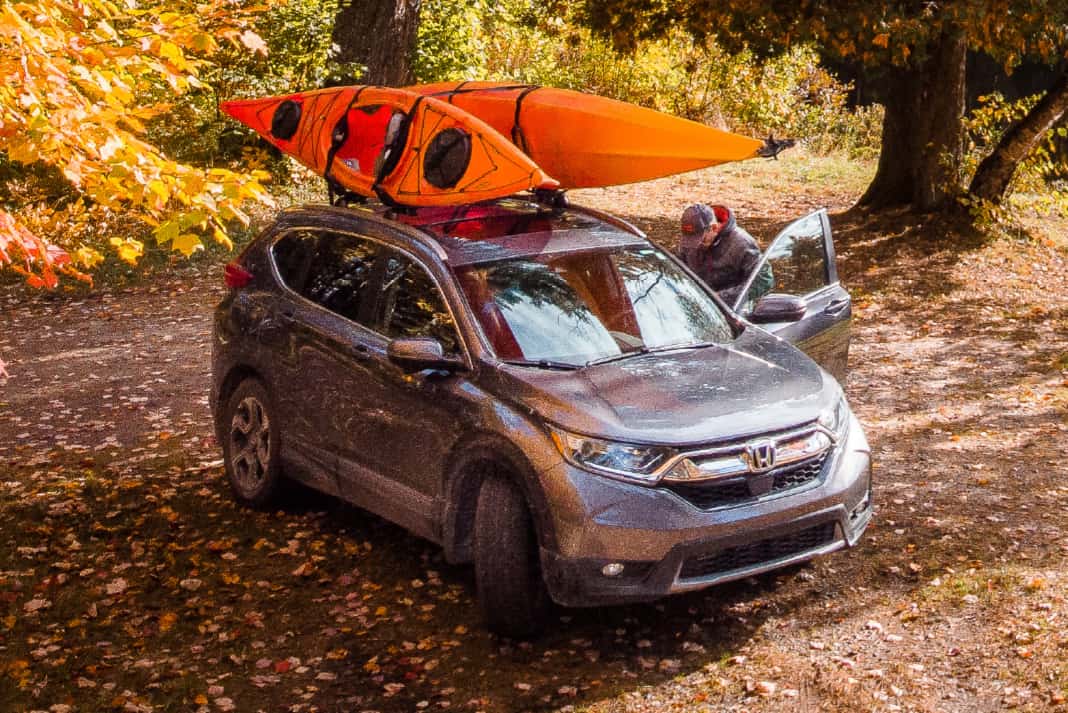
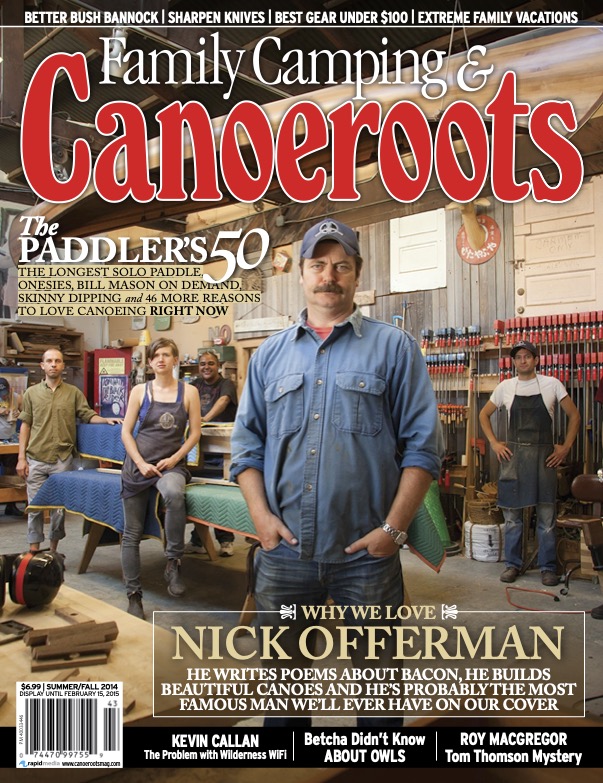 This article was first published in the Summer/Fall 2014 issue of Canoeroots Magazine.
This article was first published in the Summer/Fall 2014 issue of Canoeroots Magazine. 
